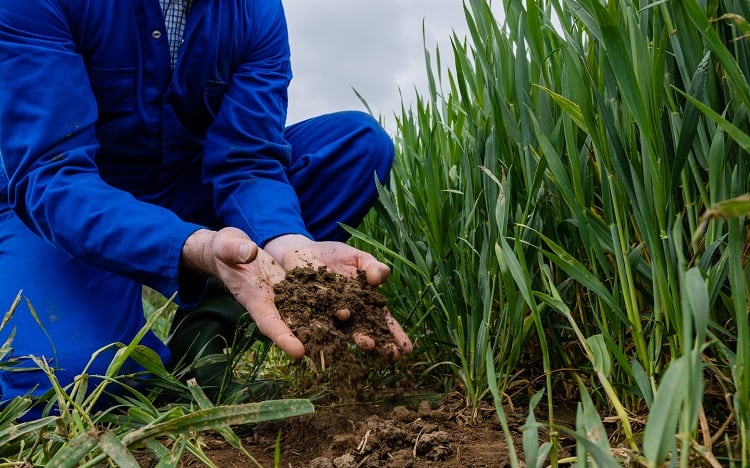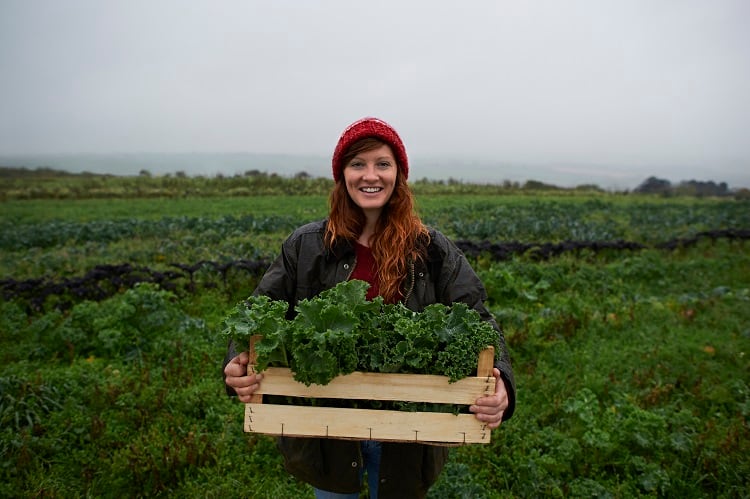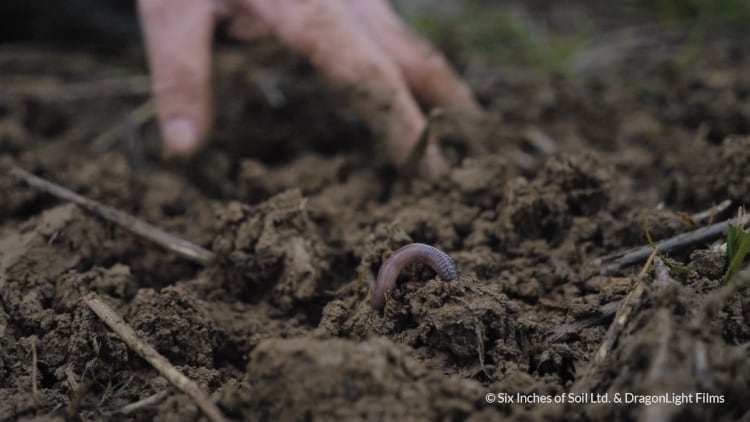Biodiversity is essential for the processes, which support all living things, including humans. Without a wide range of animals, plants and microorganisms, we would not have the ecosystems we rely upon to provide us with the air we breathe and the food we eat. And, as the scientific academy, The Royal Society also highlights, “people also value nature of itself.”
With this in mind, economists at Wageningen Economic Research are attempting to truly understand, and convey to others, the importance of biodiversity loss globally and, because they’re economists, they did this by putting a price on it. They’re also aware that people will often think with their wallet and if companies are to invest in green technology and eco-friendly practices then the technology and practices need to be financially beneficial to them.
"Pollinators like bees are essential to 35% of crop production."
“If we want investors to take these risks seriously, putting a price tag on them may help” says Haki Pamuk, senior researcher at Wageningen Economic Research.
The study titled ‘Bending the curve for biodiversity loss and economy’ posed the following questions:
- How do financial investments impact biodiversity?
- How can biodiversity loss influence financial sector companies’ insurance and investment portfolio?
- How much private and public investment should be invested in biodiversity measures to reach a zero-biodiversity loss economy?
However, making a financial estimation of biodiversity loss is a new concept and therefore extremely complex.
“First, there is a lack of specific indicators to measure biodiversity progress. Second, many local factors affect biodiversity. Additionally, it’s difficult to measure the biodiversity risks posed by supply chain linkages. Sectors such as agri-food, hospitality, and tourism are particularly vulnerable to biodiversity loss because their heavy reliance on natural resources. While some new frameworks and methodologies exist to assess the monetary impact of biodiversity loss, there is limited knowledge about the costs and benefits of measures to restore biodiversity and understanding of investment opportunities for the financial sector,” explains a study representative from Wageningen Economic Research.
The report found that, for financial institutions, biodiversity-loss risks generally fall into three categories, material, transitional, and systemic. Material risks involve direct costs, such as a failed harvest. Transitional risks relate to societal responses, as customers may increasingly prefer biodiversity-positive products, meaning they may avoid less progressive products. Furthermore, governments could impose costly regulations on certain manufacturing practices if they’re not deemed to be environmentally friendly. Systemic risks, which are arguably the most important and the most challenging to determine, become apparent when entire ecosystems collapse due to biodiversity loss, resulting in the disappearance of significant ecosystem services. Systemic risks have the power to impact economies and entire financial systems.

The power of pollinators in food production
Using pollination dependence ratios of crops, the team estimated the impact of the loss of pollination on the agricultural output of several countries. The scientists then applied their macroeconomic model to analyse how reduced agricultural production influences other sectors and the economy as a whole. Looking specifically at the Netherlands, the study estimated that the loss of pollination on farms would result in annual loss of 1.4 billion euros from the agricultural sector. They went on to clarify that the impact on the gross domestic product would be even more significant.
What is green manure?
Green manure is a crop specifically cultivated to be incorporated into the soil while still green. The green manure's biomass is incorporated into the soil to enrich it with organic matter. Green manuring is often used with legume crops to add nitrogen into the soil. Green manure is particularly used in organic farming but is also used in conventional farming.
The researchers also assessed the cost-efficiency of investing in farm management measures to counter the loss of pollinators, such as wider crop rotation or the use of green manure. They did this analysis for France, Germany, Italy, the Netherlands, and the UK. Results found that only in the Netherlands and Italy were those measures economically viable.
According to the World Economic Forum, “pollinators like bees are essential to 35% of crop production,” with crops such as coffee, apples, almonds, tomatoes and cocoa all dependent upon them.
What can we do to support biodiversity?
Biodiversity is essential for food production. As the global population continues to grow, we will need to produce more, not less, food. It is therefore imperative that we support biodiversity to support future food production.
“The health of Europe’s nature is at risk,” explains the European Environment Agency (EEA). “Many species, habitats and ecosystems in Europe, all vital to our well-being, are threatened by urban sprawl, unsustainable farming and forestry, and pollution. Our latest assessment shows that Europe’s biodiversity continues to decline at an alarming rate, with most protected species and habitats found not to have a good conservation status. Greater effort is needed to reverse current trends and to ensure resilient and healthy nature.”
“Our assessment shows that safeguarding the health and resilience of Europe’s nature, and people’s well-being, requires fundamental changes to the way we produce and consume food, manage and use forests, and build cities,” adds Hans Bruyninckx, EEA executive director. “These efforts need to be coupled with better implementation and enforcement of conservation policies, a focus on nature restoration, as well as increasingly ambitious climate action, especially in the transport and energy sector.”





